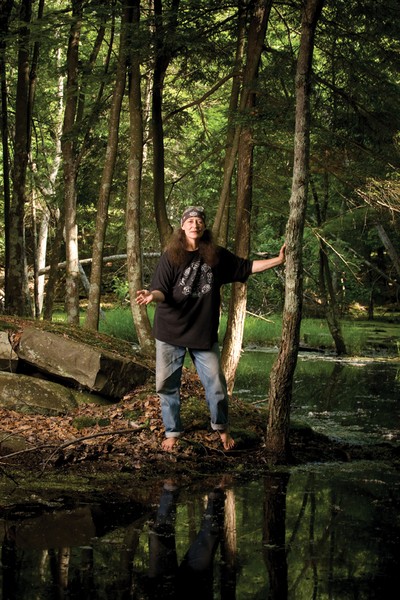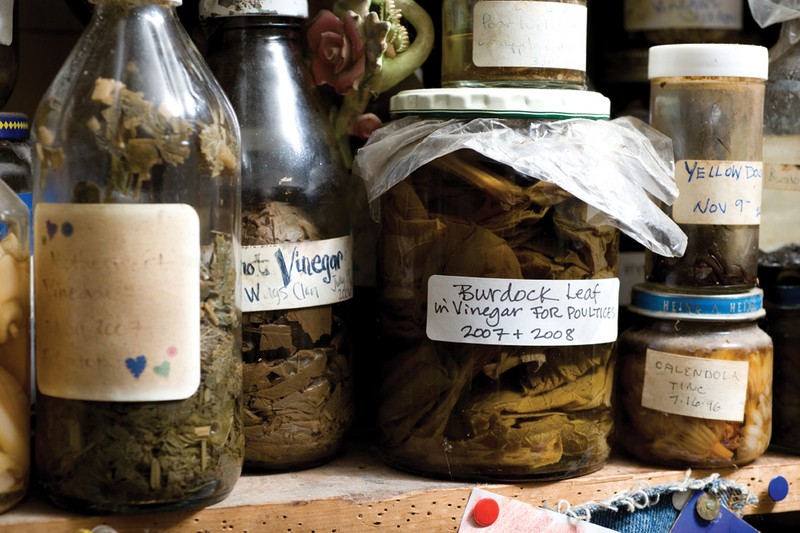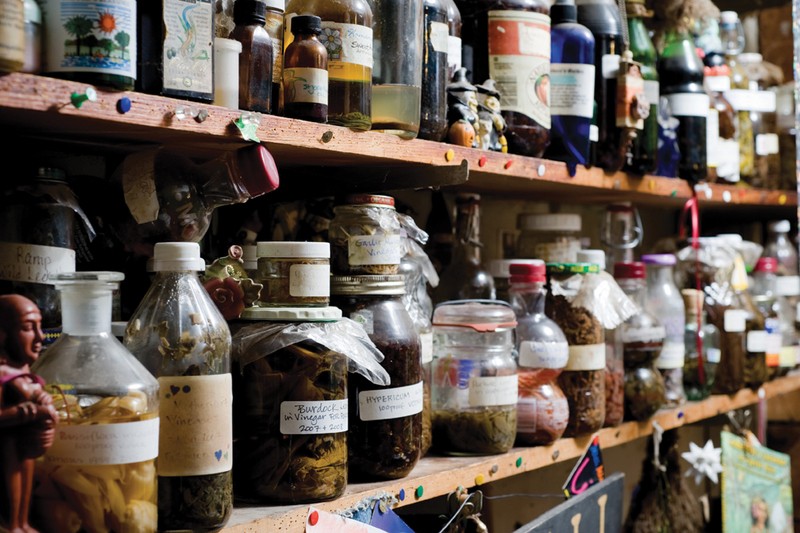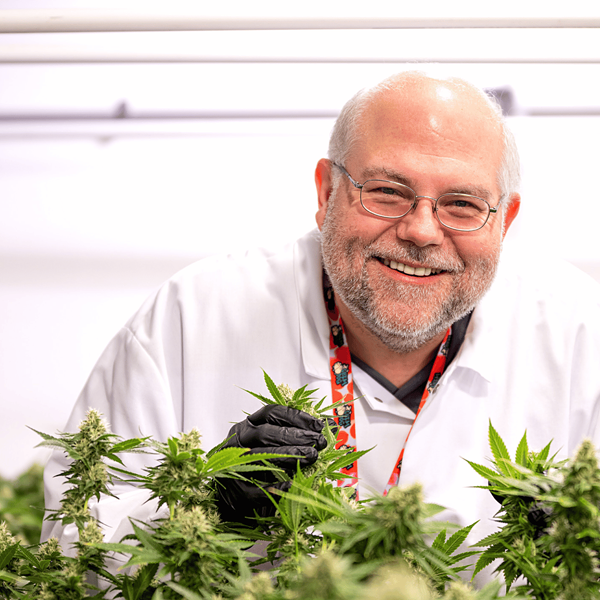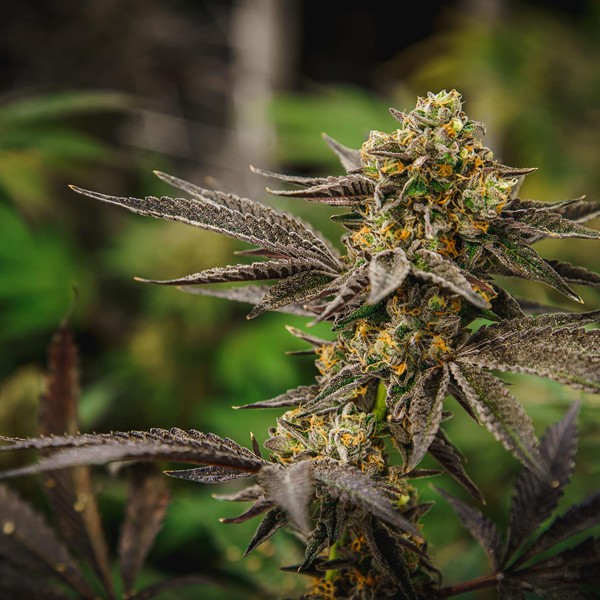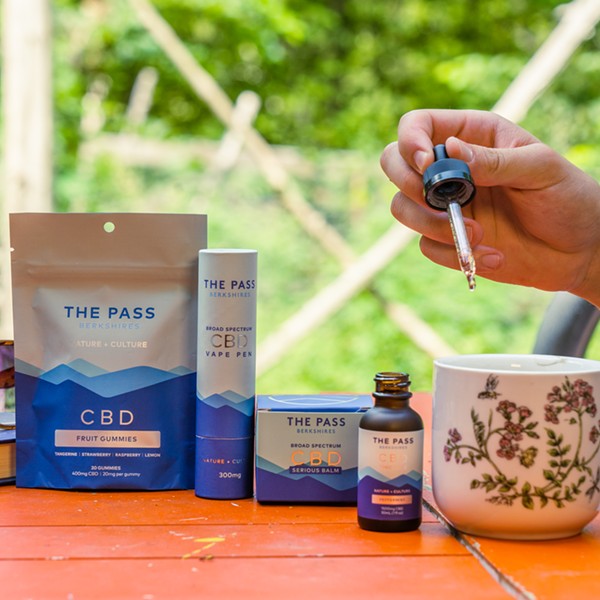In Second Nature, his 1991 book on gardening, Michael Pollan titles a chapter “Nature Abhors a Garden.” Those of us who grow food know how much labor is involved in preparing the soil and nurturing the plants we ensconce there. Much of the work comes in the form of weeding; without our regular exertions, many of our crops would be muscled out in short order by sturdier, wild species. Even if our vegetable and flower gardens are immaculately tended, we all still have areas on our property that are unkempt, where weeds encroach on the order we struggle to maintain. And if you don’t spray your lawn with chemicals (which, because you read Chronogram, you obviously do not) then it’s actually a tapestry of grass mixed with dandelion, clover, plantain, and a dozen other plants that may or may not offend your aesthetic sensibilities (notwithstanding the far greater offense of brutal toxic interventions).
But what if we changed our relationship to these interlopers? What if we learned that many of them, in addition to being highly nutritious and therapeutic, were also delicacies, often requiring little preparation and—due to their extraordinary tenacity—a minimum of care? All of a sudden the first flush of dandelions would be an announcement that tangy leaves, tender buds, and easy wine are on the menu. The stinging nettles we curse for zapping us when we’re trying to pick something else would become the first dark greens of the season, providing velvety soups and purées. The burly burdock that resists all attempts to remove it from that spot by the garage instead becomes a welcome guest, furnishing us with nutty, toothsome roots for braising—and giving our liver a major assist in detoxifying our bodies. If we know how many of these normally unwanted plants make for healthy, excellent eating, we can expand our notion of garden to all those areas that fall outside of our cultivated beds—and the world becomes, if not our oyster, then at least our salad bar.
Herbalist Susun Weed is an author, a teacher, and founder of the Wise Woman Center in Saugerties. She is a passionate expert on the medicinal and culinary uses of plants, and encourages everyone to learn about wild edibles. Beyond the pleasure involved, many of the common plants in our area are highly beneficial to our bodies, and her practice is to integrate the two aspects into a holistic approach: “Knowing how wild plants effect health is part of knowing how to cook,” she says, noting that “you don’t need a prescription to eat dinner.” In addition to making them a regular part of their diet, she and her students prepare a huge range of tinctures, decoctions, teas, and vinegars from the plants that grow on her property so that they can enjoy their benefits throughout the year.
Her gardens—fenced only to keep her goats out—reflect her all-inclusive attitude toward the plant kingdom. Wild plants grow alongside more traditional cultivars, and if a beneficial tree begins to grow—say, from a peach pit in the compost—she leaves it. As it gets bigger, shading its neighbors, she moves the garden somewhere else, reclaiming more rocky ground with crumbly compost. It’s a style that many gardeners might have a hard time with, but behind the eccentric method is an important guiding principle: Nature is not our adversary. If we eat the weeds, then we don’t mind having them in our garden. It’s a nifty piece of perceptual jujitsu that allows one to embrace the wild world and gather food from much more of our plot, no matter how modest.
Dina Falconi is a Stone ridge-based herbalist and author who is dedicated to teaching people the lost art of foraging. “It changes your world view,” she says, “it transforms you from a victim of the weeds into a collaborator with them.” She encourages what she calls a “salad practice”—the regular collection of wild greens teaches us to pay attention to the changes in the plants throughout the seasons, and to gather things at their peak. We thus become the curators of our food, and each bowl of salad becomes a snapshot of that time and place. She emphasizes the need for an ongoing relationship with the plants, so that we can learn how they grow and change, and when they taste best. Falconi and Weed both advocate “gardening the weeds”—with a little thinning and compost, the wild greens like amaranth or lamb’s quarters will reward you with bigger leaves and faster growth.
Jason Rosenberg teaches wild foraging at the Regeneration CSA, which holds regular classes on this and related subjects. He is a big fan of toasting chopped dried roots with seeds and salt to make a crunchy snack. “Steamed greens with a little oil and salt are an excellent way to get started with wild plants,” he says, noting that some people may need to ease into the stronger flavors gradually. He also loves rose hips, sumac, and berberis (barberry) in the fall and winter as a source of vitamin C and energy when walking. He describes barberries as “a cross between cranberries and Adderall,” since they have a bright sourness and boost concentration.
It is, however, important to clearly state—in Weed’s words—that “it’s not a supermarket out there.” Some wild plants can make you sick. Some plants look similar to other plants. In the interest of safety, we should begin our education with someone who knows the subject well. Rosenberg says “start with the weeds already in your garden; they’re familiar, and other experienced gardeners can tell you what is what.” Falconi agrees, stressing the need for supervised forays at first, until one is familiar with plants at different stages of growth. “Learn one plant at a time,” Weed advises.
Begin with the easiest- dandelions are everywhere, and all parts of the plant are edible (though the stems are less useful). The flowers make wonderful wine, leaves are superb in salads, pesto, or cooked, and the dried roots make a rich coffee substitute. Burdock roots, peeled, sliced, and simmered with a little soy sauce make a wonderful side dish by themselves or with other roots in the fall. Try making a purée of burdock root and mushrooms, then whisking it into a turkey fat roux on Thanksgiving; your guests will demand to know why the gravy is so insanely good. Steamed nettles or lamb’s quarters are a dark and velvety delight, with a profound green flavor and silky texture that surpasses any cultivated leaf (“It’s always funny to see someone planting spinach and weeding out the lamb’s quarters,” says Falconi). And sumac panicles—soaked, blended, then strained—make an excellent citrus juice substitute for people keen on local eating; try it with honey or maple syrup, as is, or reduced to make a glaze for duck or ham.
Creamy soups and pestos are two of the simplest preparations for wild greens, and simply substituting them for cultivated greens in your favorite recipes like spinach pie or lasagna is an effortless way to integrate them into your normal diet. Some people will need to get used to the feral flavors of some plants, but over time what once was unpalatably bitter—say, dandelion and garlic mustard pesto—will be savored as the best damn thing you ever put on a steak. And the untamed complexity of these plants gives them some powerful nutritional and healing properties; they have a large arsenal of chemical compounds which protect them from disease and can do the same for us. And they also happen to be a free lunch, requiring no money, carbon, or energy expenditure beyond the picking and washing.
Having said that, though, pleasure should be front and center in your exploration; the health and environmental benefits are the natural result of eating weeds. Finally, it’s useful to reflect on this: Most of these plants don’t grow in the woods, or in wilderness areas—they require the disturbed soil that we create by building, farming, and gardening. Many of them are not indigenous, and came with settlers, thriving as agriculture, grazing, and development gave them purchase in the new world. This fact is key to redefining our relationship to these plants; as Pollan says a little later on in Second Nature:
“Working in concert, European weeds and European humans proved formidable ecological imperialists, rapidly driving out native species and altering the land to suit themselves. In a sense, the invading species had less in common with the retiring, provincial plants they ousted than with the Europeans themselves. Or perhaps that should be put the other way around. ‘If we confine the concept of weeds to species adapted to human disturbance,’ writes Jack R. Harland in Crops and Man, ‘then man is by definition the first and primary weed under whose influence all other weeds have evolved.’ Weeds are not the Other. Weeds are us.”







